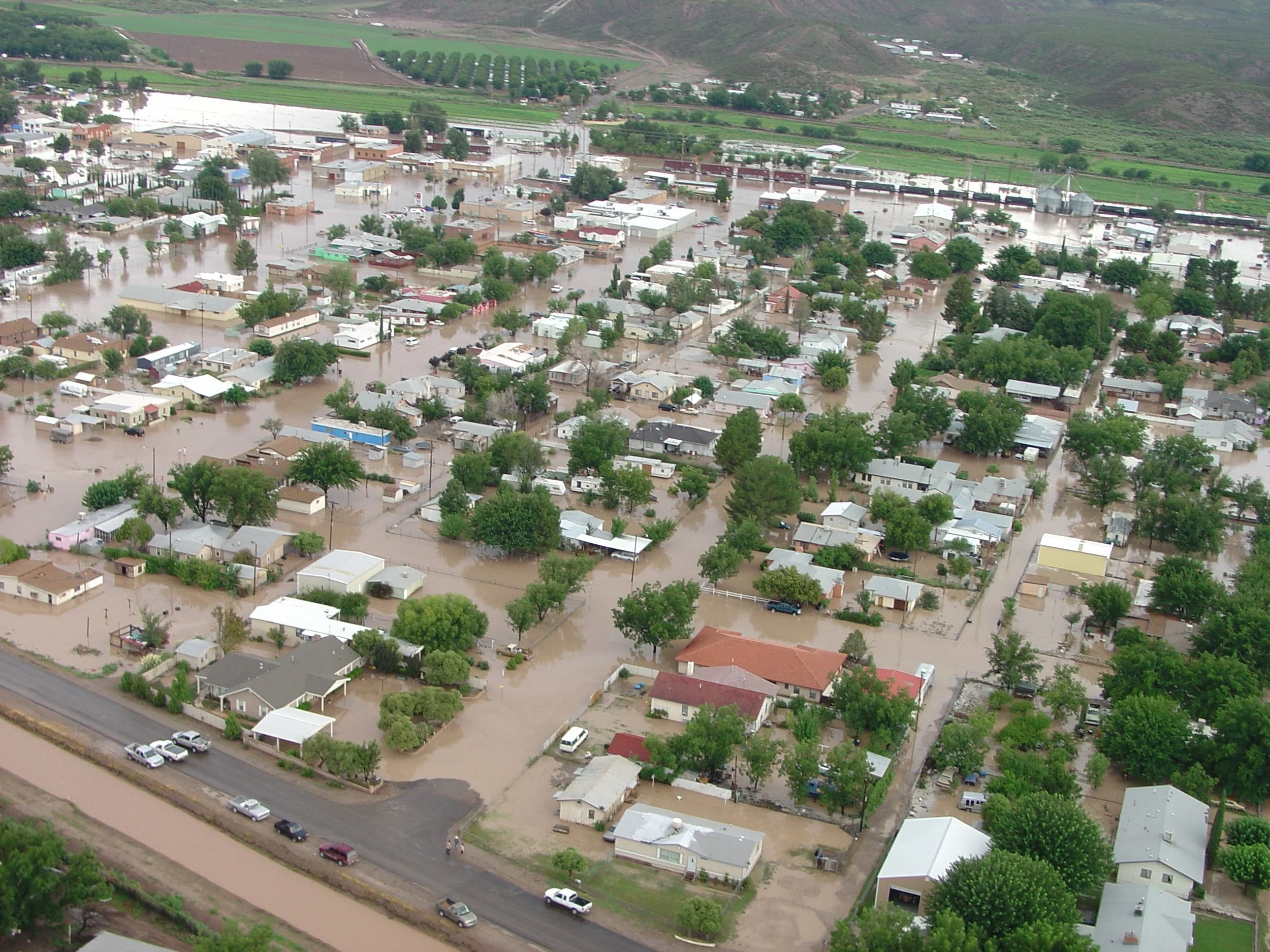Over the course of 2016, The Western Planner has had outstanding articles that bring real-world planning issues in the West to your doorstep.
Read MoreCommunity efforts to make its downtown a more walkable, attractive destination helped Anchorage win a national competitive award for Smart Growth America technical assistance. by Kristine Bunnell in December 2016 /January 2017
Read MoreA study of the oil industry’s impact on Utah’s Uintah Basin resulted in a list of best practices that apply to planning and city management in oil country. by Kyle Slaughter and Paul Moberly in December 2016 /January 2017
Read MoreA planner adds floodplain management to his job duties in rural New Mexico. by Brad Stebleton in December 2016 /January 2017
Read MoreNevada’s Keep it Clean public information campaign won an EPA award for its impact, innovation, and replicability. by Julie Hunter in December 2016 /January 2017
Read MoreA placemaking effort looks at the pedestrian and urban design elements in downtown Cheyenne. by Sreyoshi Chakraborty, AICP in December 2016 /January 2017
Read MoreOregon has taken a holistic approach to building bicycle tourism, looking to provide a complete package. by Catherine Corliss, AICP, Matt Hastie, AICP, and Laura Krull in December 2016 /January 2017
Read MoreColumnist Bill Detweiler examines how rapid growth as led to newer planned developments being perceived as dense, compact housing in Castle Rock, Colorado. by Bill Detweiler in September/October 2016
Read MoreMost city departments in Minot, North Dakota are using the GIS map on a daily basis and are making requests for new information to be added. by Aleesha Erickson in September/October 2016
Read MoreA smart-growth new neighborhood located five miles from downtown Denver, Midtown has sprouted from shadows of a former brownfield site. by Matt Ashby, AICP CUD in September/October 2016
Read MoreThe Civilian Conservation Corps (CCC) had a big impact on Montana. Between 1933 and 1942 some 40,868 individuals worked on CCC projects in Montana, of which, 25,690 were from Montana. by Michael I. Smith, CFM in the September/October 2016 issue
Read MoreSturgis works to develop a gathering space to help revitalize the downtown. by Jessica Holdren in July/August 2016
Read MoreThe active participation of RFPAs helps increase the overall planning capacity in rural regions as demonstrated by Idaho’s first RFPA, located in Mountain Home. by Kyle McCormick, MRCP and Dr. Thomas Wuerzer in July/August 2016
Read MoreDowntown revitalization is a trend that has reached at least two cities in North Dakota – Fargo and Williston. by Rachel Laqua in the July/August 2016
Read MoreBasic tips that can help you navigate through the challenges and pitfalls of communicating with the public. by Mark Lyman in April/May 2016
Read MoreTips to improve the usability of government documents. by Paul Sweumin the April/May 2016 issue
Read MoreArticle examines why the West retains such a high percentage of federal lands and provides updated figures and locations of federal lands. by Candace H. Stowell, AICP in the April/May 2016
Read MoreFor planners, requiring wireless facilities to be inconspicuous can still present several challenges. by Jesse Drake in April/May 2016
Read MoreLaramie residents approved the city’s purchase of the Monolith Ranch for the water rights in 1981. In addition to being a major water source for the city, the ranch continues to run cattle, provides hunting opportunities and a place for the University of Wyoming to conduct research. by Darren Parkin in the February/March 2016 issue
Read MoreMore frequent and intense climate events result in increased demand on emergency response systems, greater financial impacts, and greater public health impacts. The challenge is to effectively communicate the ever-increasing demands these events place on our communities and get individuals, communities, and government to prepare. by Katherine Mortimer in the February/March 2016 issue
Read More




















